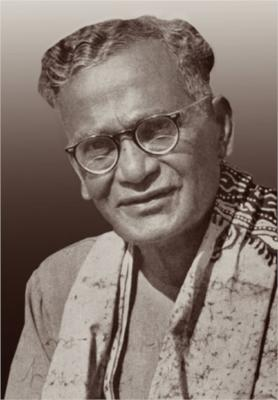Important Facts For Prelims
Kala Kumbh-Artist Workshops
- 15 Jan 2022
- 4 min read
Why in News
As part of grand celebrations of the Amrit Mahotsav, the Ministry of Culture in collaboration with the Ministry of Defence organized Kala Kumbh - artist workshops for painting scrolls.
- The Director General, NGMA (National Gallery of Modern Art) along with professors of eminent universities acted as mentors for the scroll painting workshops.
Key Points
- About:
- The major theme of these artworks is on the unsung heroes of the struggle for India’s freedom.
- Inspiration has also been drawn from the illustrations in the Constitution of India which have been meticulously done by Nandalal Bose – one of the leading masters of modern Indian art from the Bengal School along with a team of other eminent artists and calligraphers.
- National Gallery of Modern Art:
- About:
- It is a national premier Institute that was established in 1954 by then vice-president Dr. S Radhakrishanan in the presence of Prime Minister Jawaharlal Nehru.
- NGMA is a repository of the cultural ethos of the country and showcases the changing art forms through the passage of the last hundred and fifty years starting from about 1857 in the field of Visual and Plastic arts.
- Headquarters: New Delhi.
- Nodal Ministry: It is run and administered under the Ministry of Culture.
- About:
- Born in Bihar’s Munger district on 3rd December, 1882, Nandalal Bose was one of the pioneers of modern Indian art and a key figure of Contextual Modernism.
- Bose was groomed by Abanindranath Tagore, the nephew of Rabindranath Tagore as well as the principal artist and creator of the Indian Society of Oriental Art, for five years till 1910.
- Association with the Tagore family and the murals of Ajanta awakened his idealism for a nationalistic consciousness, commitment toward classical and folk art, along with its underlying spirituality and symbolism.
- His classic works include paintings of scenes from Indian mythologies, women, and village life.
- In his own work, Bose experimented with the flat treatment of Mughal and Rajasthani traditions and played with the Sino-Japanese style and technique in his works.
- Bose became principal of the Kala Bhavana (College of Arts) at Rabindranath Tagore’s International University Santiniketan in 1922.
- The Congress entrusted Bose with the task of illustrating the pages of the Indian Constitution, when it was being drafted. Along with his disciple Rammanohar, Bose took up the task of beautifying and decorating the original manuscript of the Constitution.
- He died on 16th April, 1966, in Calcutta.
- Today, many critics consider his paintings among India's most important modern paintings.
- In 1976, the Archaeological Survey of India declared his works among the "nine artists" whose work, "not being antiquities", were to be henceforth considered "to be art treasures, having regard to their artistic and aesthetic value".






-min.jpg)